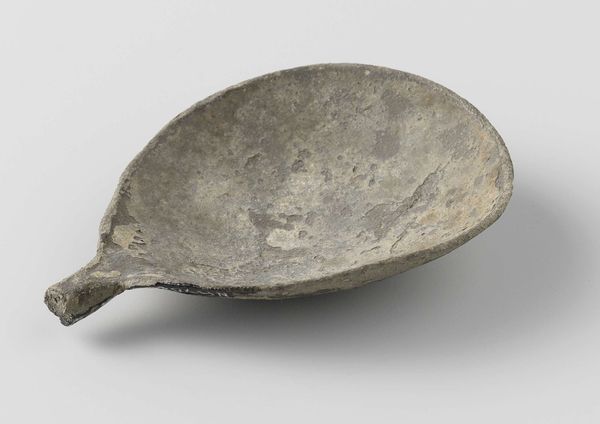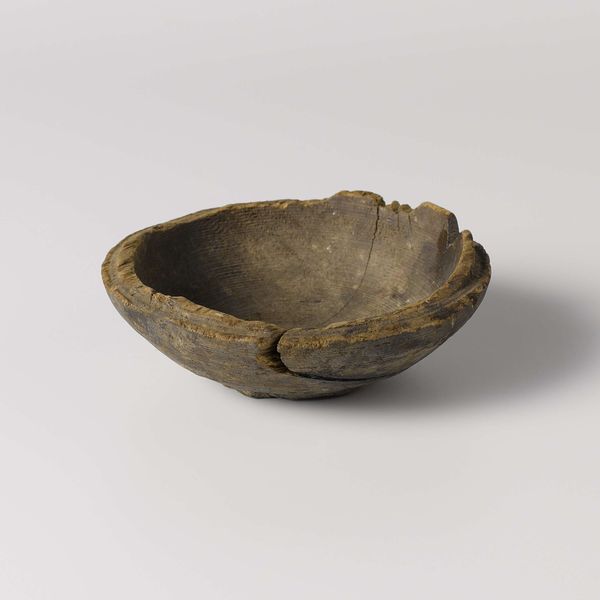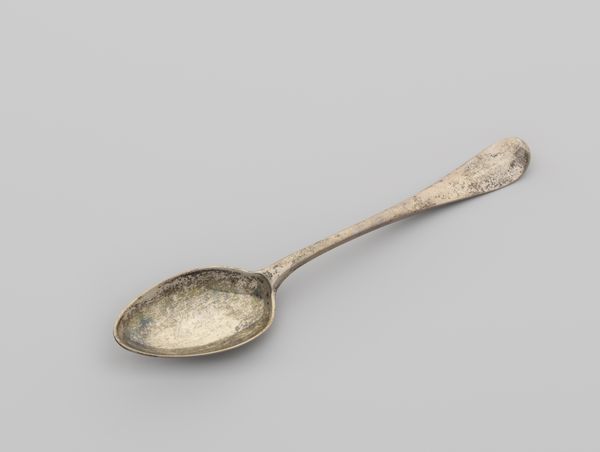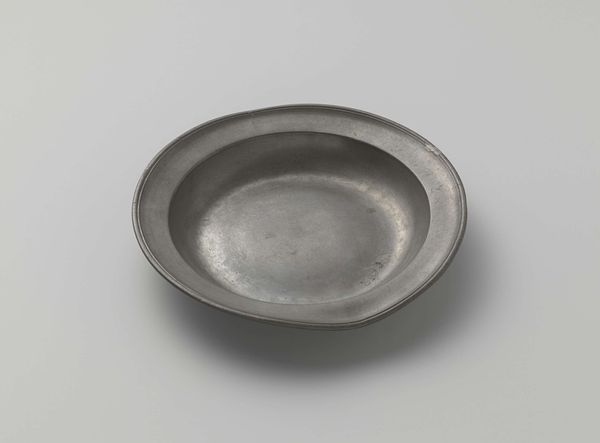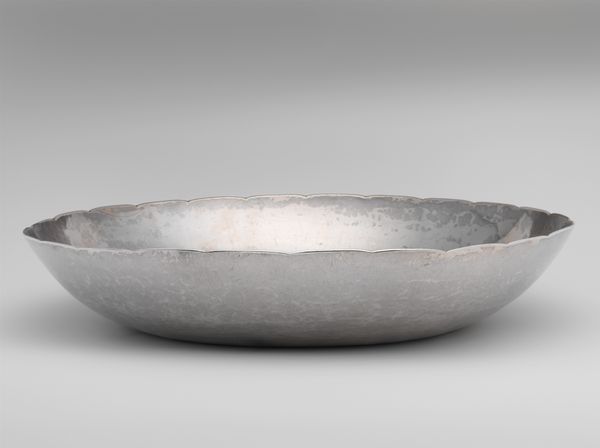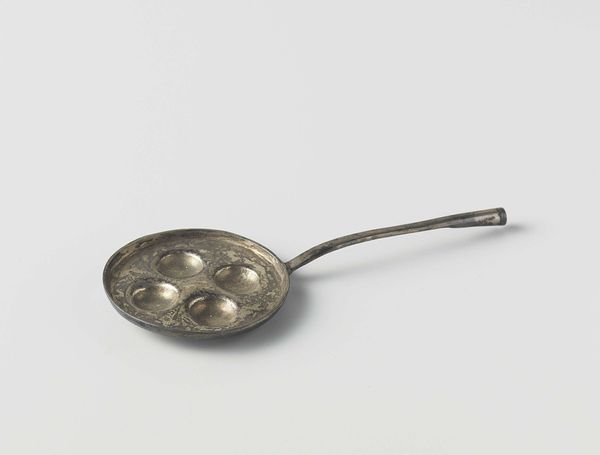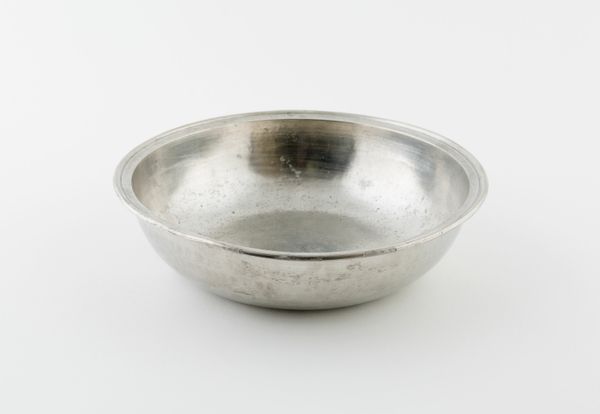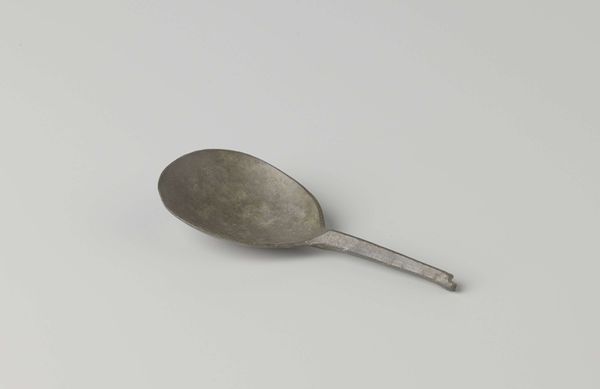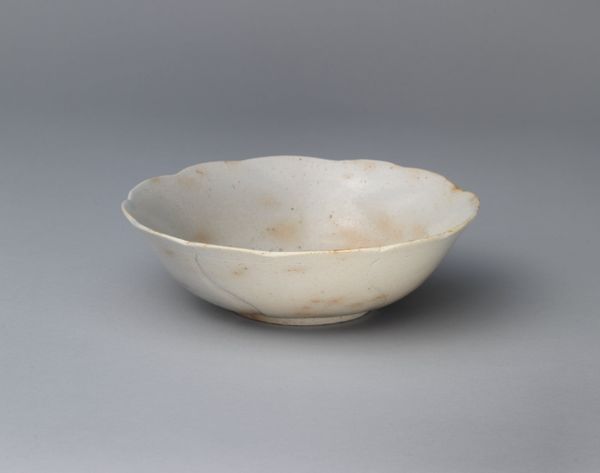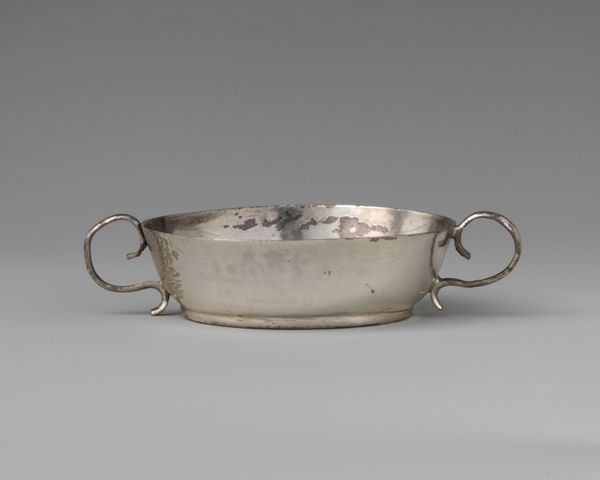
silver, metal
#
silver
#
metal
#
decorative-art
Copyright: Rijks Museum: Open Domain
Editor: Right, next up, we have this… tea scoop. Made of silver, dating back to 1833, by Pieter Cool. It's…well, it’s a spoon. But there's something about the handle; it almost looks like a little fish tail. I am curious. What is there to say about a tea scoop? What do you see in it? Curator: Ah, this little utensil isn't just a spoon; it's a whisper of a bygone era, a moment of intimate ritual captured in gleaming metal. Pieter Cool, a name both fitting and perhaps intentionally whimsical. Consider the quiet elegance, the tactile pleasure of holding this object, feeling its coolness against your skin as you measured precisely the right amount of tea leaves. Each line on that ‘fish tail’ handle – isn’t it more of a stylized flourish? - feels deliberately placed, a meditation on form and function intertwined. A humble piece, wouldn’t you agree, radiating quiet domesticity? Editor: I do. A domestic scene that still feels artistic and a little silly. What's practical about a fish tail? Is there a meaning? Curator: Meaning is everywhere if you look for it. A fish tail can represent fluidity, abundance…Or, perhaps the artisan had a predilection for sea life. In any case, imagining someone carefully measuring their tea with this object almost two centuries ago gives it weight. I wonder what kind of tea they were brewing. Don’t you find that fascinating? Editor: It is fascinating to imagine all of these different kinds of people using the same thing over and over again. Like we're sharing in this activity across time, that's kind of cool. Curator: Precisely! Art isn’t always about grand gestures. Sometimes, it is in the gentle curve of a silver tea scoop, waiting to connect you to the past.
Comments
No comments
Be the first to comment and join the conversation on the ultimate creative platform.
